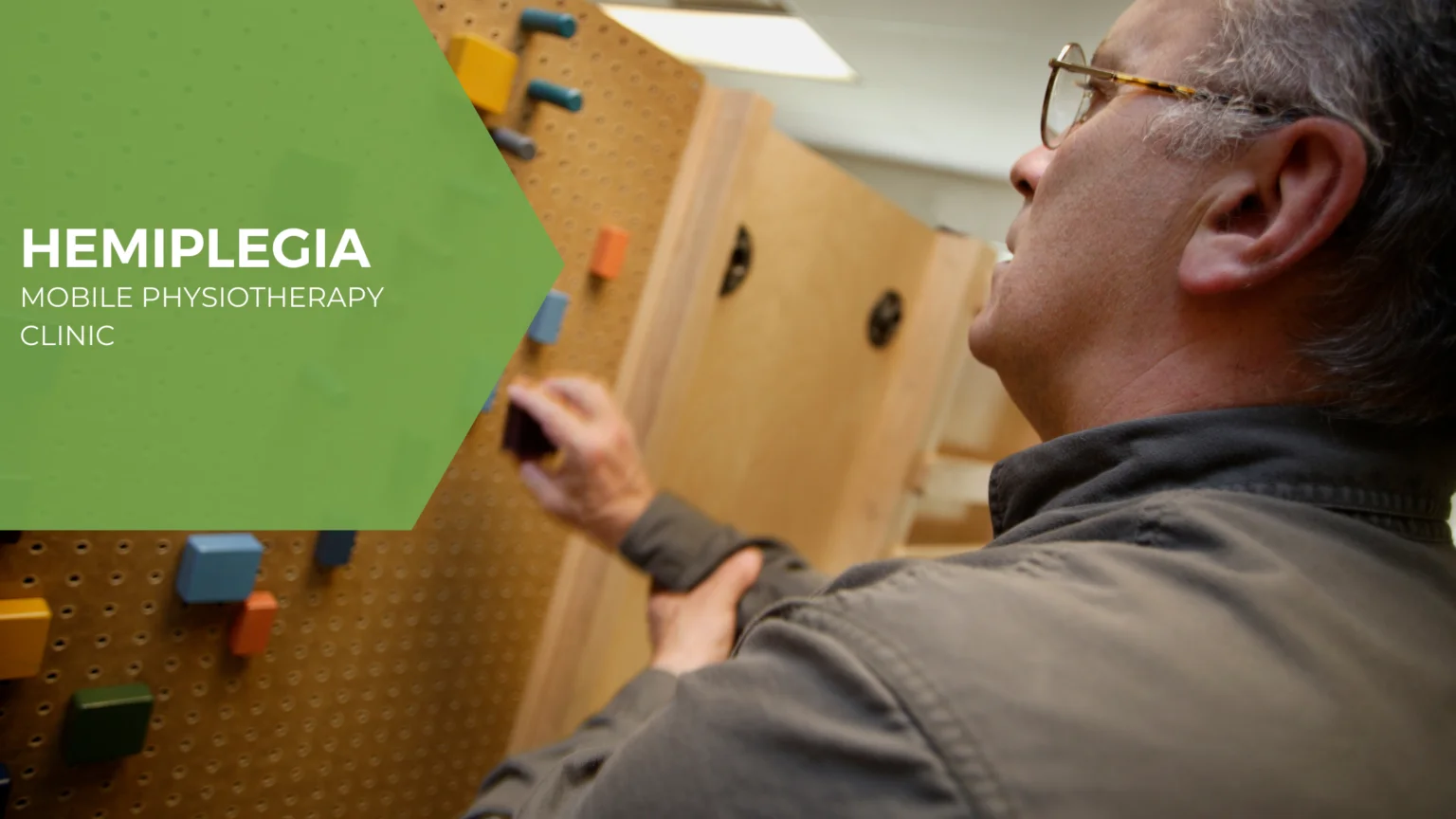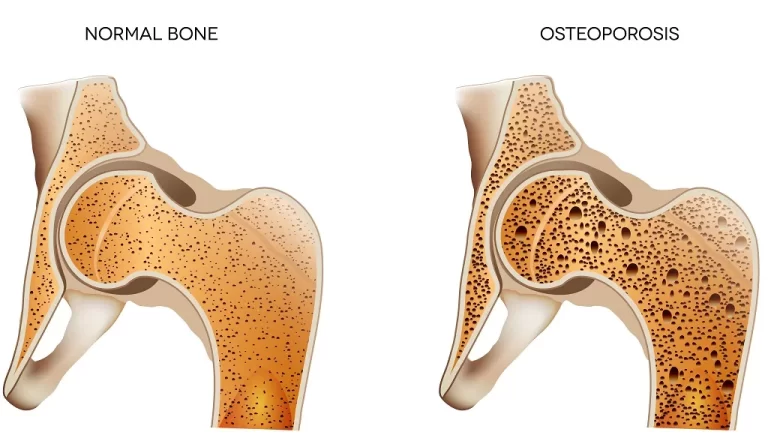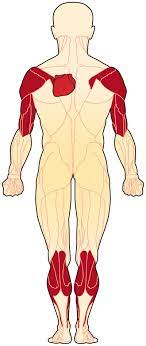Physiotherapy Treatment and Exercises For Hemiplegia
Table of Contents
Introduction
Hemiplegia is a symptom defined by unilateral(one-sided) paralysis. while this condition only affects one side of the body. It occurs due to injuries and conditions of the brain or spinal cord. It depends on the severity(hemiplegia can be temporary or permanent). With early medical intervention, certain causes of hemiplegia can be treated, if not completely reversed.
Hemiplegia is treated by treating the underlying cause, and various treatments are used to restore motor function. Specifically, physical therapy and mirror therapy can help with the hemiparetic limb’s motor function.
What is hemiplegia?
One side of the body experiencing paralysis is known as hemiplegia. This symptom is usually a key indicator of excessive or life-threatening situations like a stroke, however, it can also occur in situations and instances that aren’t as dangerous.
Hemiplegia is a paralysis that prevents you from passing through or controlling the muscle tissue within the affected area. That can cause muscle tissue which can be absolutely limp. It also can purpose spastic hemiplegia, a kind of paralysis wherein muscle tissue settlement uncontrollably. Hemiplegia impacts both the proper facet of your frame (proper hemiplegia) or the left facet of your frame (left hemiplegia), along with your spine (backbone) being the dividing line between the two halves.
Hemiplegia may also have an effect on your face, arm, and leg on one facet of your frame in diverse ways: The paralysis won’t be present, or will no longer be as excessive in all of those 3 frame areas. In certain rare circumstances, hemiplegia can potentially recur, impacting one or more parts of the frame throughout that time.
Depending on how and why it happens, hemiplegia can be treatable. In a few cases, no remedy is necessary, even as others want instant hospital therapy to oppose the purpose of the hemiplegia.
Types of hemiplegia
Facial hemiplegia
People with facial hemiplegia have muscles paralyzed on one side of the face. Additionally, minor hemiplegia in other parts of the body may be linked to facial hemiplegia.
Spinal hemiplegia
Spinal cord hemiplegia is also called Brown-Sequard syndrome. It involves damage to one side of the spinal cord, resulting in paralysis on the same side of the body as the injury. It also causes loss of pain and temperature sensitivity on the opposite side of the body.
Contralateral hemiplegia
This refers to paralysis on the opposite side of the body where the brain damage occurs.
Spasmodic hemiplegia
This is a type of brain injury that mainly affects one side of the body. Muscles on the affected side are constantly contracted or spasmodic.
Conditions that cause hemiplegia
- Strokes or transient ischemic attacks (TIAs).
- Aneurysms and hemorrhages inside of your brain.
- Concussions and traumatic brain injuries (TBIs).
- Spinal cord injuries.
- Injuries experienced at birth or in early childhood lead to conditions such as hemiplegic stroke.
- Congenital conditions (what you have at birth), such as intermittent hemiplegia in childhood.
- Facial paralysis conditions such as Bell’s palsy. Epilepsies and seizures.
- Bleeding from subdural hematomas, also known as subarachnoid hemorrhages, or from epidural hematomas, which occur between the brain’s outer layers and the skull.
- Diseases of the nervous system, especially autoimmune and inflammatory conditions such as multiple sclerosis or progressive multifocal leukoencephalopathy (PML).
- Infections affecting the nervous system, such as encephalitis, meningitis, or Ramsay Hunt syndrome.
- Migraine headaches (migraines with hemiplegia are called hemiplegic migraines).
Hemiplegia symptoms
Hemiplegia can be unilateral or bilateral (right side or left side of the body). Whichever side of your brain is affected symptoms on the opposite side of the extremity.
symptoms depend on the severity of the hemiplegia condition symptoms include:
- muscle weakness or stiffness on one side
- muscle spasticity or permanently contracted muscle
- poor fine motor skills
- trouble walking
- poor balance
- trouble grabbing objects
- Children with hemiplegia may take longer to reach developmental milestones than their peers. They may also use only one hand or hold the other hand in a fist while playing.
If hemiplegia is caused by brain damage, the brain injury may cause symptoms that are not specific to hemiplegia, such as:
- memory problems
- trouble concentrating
- speech issues
- behavior changes
- seizures
Hemiplegia treatment
Options for treating hemiplegia vary depending on what caused the condition and how severe the symptoms are. People with hemiplegia often undergo multidisciplinary rehabilitation that includes physical therapists, rehabilitation therapists, and mental health professionals.
Physiotherapy
Working with a physical therapist allows people with hemiplegia to develop balance, increase strength, and coordinate movement. a physical therapist increases the strength of the muscles and also reduces the spasticity of the muscle.
Modified Limit Induced Movement Therapy (CMT)
Modified restrictive movement therapy involves restricting the side of the body not affected by hemiplegia. This treatment option forces the weaker side to compensate and aims to improve muscle control and mobility.
Assisted device
A wheelchair, cane, brace, or walker may be suggested by some physical therapists. Using an assistive device can help improve muscle control and mobility. It is a good idea to consult with a doctor to determine which device is best for you. They can also suggest changes you can make to your home, such as raised toilets, ramps and grab bars.
Mental imagery
Imagining the paralyzed side of the body can help activate the parts of the brain responsible for movement. Imagery is often combined with other forms of therapy and is rarely used alone.
Electrical stimulation
A medical professional can help stimulate muscle movements using electrical pads. The electricity allows muscles that you cannot consciously move to contract. The purpose of electrical stimulation is to reduce imbalances on the affected side of the brain and improve brain plasticity.
Are rehabilitation and exercise useful for treating hemiplegia?
In addition to other treatments, rehabilitation is frequently advised by medical professionals if the hemiplegia is not acute. There are four phases of rehabilitation(in hospitals (the inpatient phase, and the outpatient phase) the rehabilitation are included:
- Physical therapy: Emphasizes to improve standing, walking, leg function, and balance.
- Occupational Therapy: Focuses on arm/hand function and other activities of daily living.
- Prescription of equipment: that increases safety and the ability to work in and out of the home.
- Management of symptoms: associated with hemiplegia, such as spasticity and depression.
- Tips and resources about the effects of hemiplegia: and how to return to work or apply for disability.
There is evidence that exercise helps optimize health and function after hemiplegia. Exercise can be more difficult with hemiplegia. Therefore, rehabilitation therapists usually develop exercise programs tailored to the needs and abilities of the individual.
Some facts about hemiplegia
Hemiplegia refers to a severe or complete loss of strength that causes paralysis on one side of the body and is usually the result of brain damage to the paralyzed side of the brain. Hemiplegia can be caused by a number of vascular diseases, injuries, infections, and congenital disorders.
Depending on the severity and the parts of the brain affected, signs and symptoms can range from muscle weakness and tenderness to impaired motor skills in the affected limbs and difficulty speaking. Diagnosis is primarily clinical, but additional blood tests, imaging, and diagnostic tests such as EEG are necessary to confirm the diagnosis. Treatment of hemiplegia involves a multidisciplinary approach that includes physical therapy, medications, and, if necessary, surgical procedures.
A Note from Mobility Physiotherapy Clinic
Hemiplegia is a condition that causes paralysis on one side of the body – left or right. Hemiplegia is almost always a sign of a serious stroke, so you should usually get medical help every once (unless your doctor tells you not to get emergency care).
Hemiplegia can often be scary or worrying, especially if it happens suddenly. On the other hand, stroke—the most frequent cause of hemiplegia—can frequently be treated successfully with prompt medical intervention. It is crucial to get medical assistance as soon as possible if you suspect you may develop hemiplegia, as there are numerous different causes that can be treated or reversed.
FAQs
A minor weakening in a leg, arm, or face, such as a slight lack of strength, is called hemiparesis. It can also be paralysis of one side of the body. hemiplegia is the loss of strength on one side of the body(it is always unilateral).
The most common cause of hemiplegia is a stroke that damages the corticospinal tracts in one hemisphere of the brain.
For some, the symptoms of hemiplegia may be temporary (or at least improve over time). Others may live with all of their symptoms for the rest of their lives. Symptoms can be relatively mild and the hemiplegia predominates on the slightly weakened side of the body.
In Hemiplegic patients shoulder pain is common, developing in up to 54% of patients which is very common. It is based on soft tissue damage, motor functions, and phenomena related to the central nervous system.
Surgical procedures for hemiplegia are usually quite simple and include: Lengthening or moving muscle tendons. Stretch the muscular bodies themselves. Stabilizing joints.







